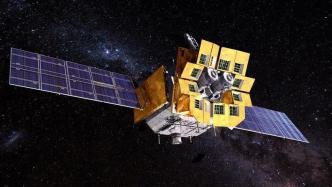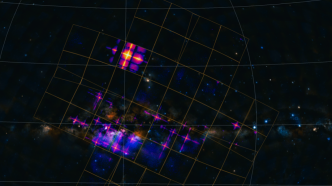
Today (27th), the Space Science Forum, a parallel forum of the 2024 Zhongguancun Forum Annual Meeting, was held in Beijing. The Einstein Probe satellite mission, led by the Chinese Academy of Sciences, released the first batch of in-orbit detection images.
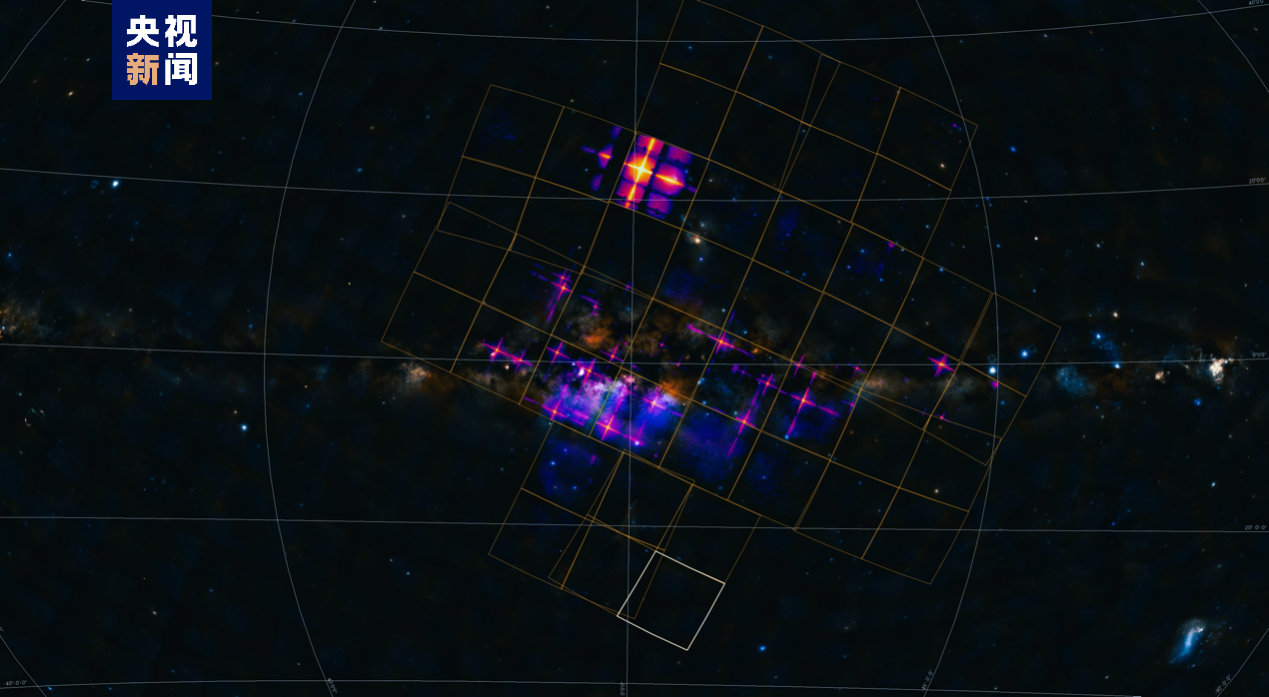
Wide field X-ray Telescope (WXT) observation image pointing to the center of the Milky Way
The first batch of detection images released by the Einstein Probe satellite totals 11 images, including the satellite's observations of celestial bodies near the center of the Milky Way, observations of the supermassive black hole M87, detailed observations of supernova remnants, and the satellite's first capture of X-ray transient sources.
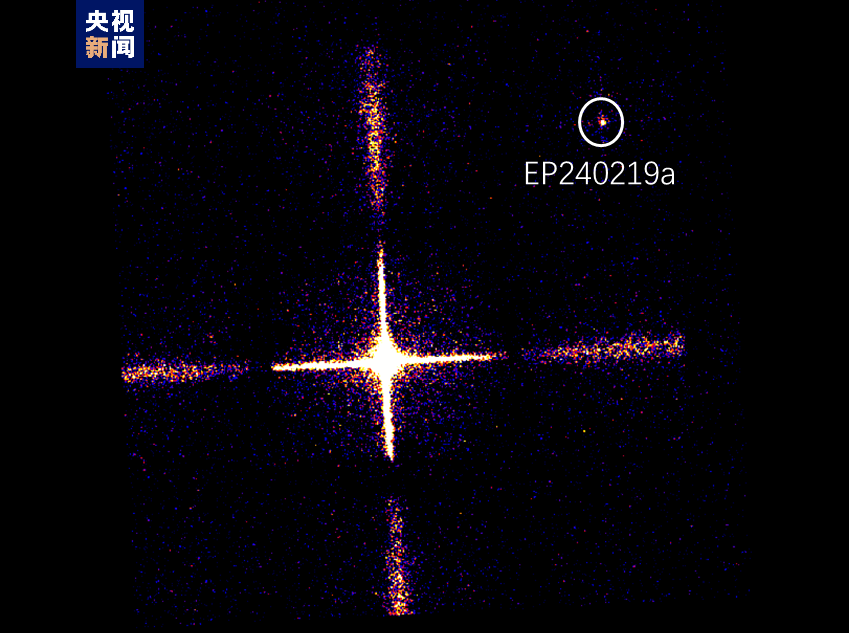
First transient source reported by the Wide Field X-ray Telescope (WXT)
The Einstein Probe Satellite is another space science satellite developed and launched by the Chinese Academy of Sciences' Space Science Pioneer Project after the "Wukong", "Mozi" and "Kuafu-1" satellites. It is like a "catcher" of cosmic celestial body explosions, aiming to discover and explore X-ray transients and explosive celestial bodies in the universe, and issue early warnings to guide other astronomical equipment to conduct follow-up observations.
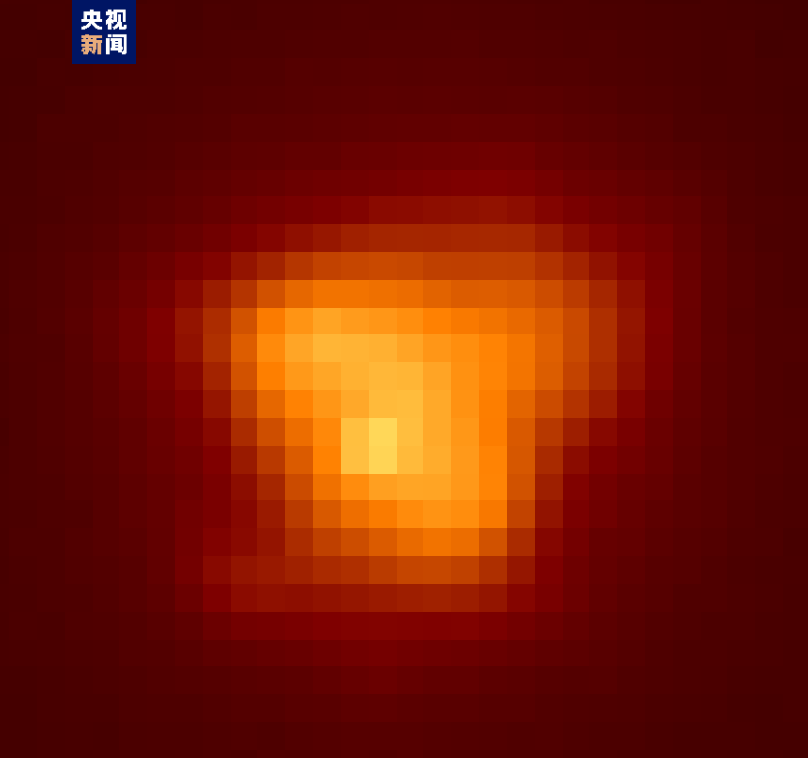
The following X-ray Telescope (FXT) observed the Crab Nebula (Crab)
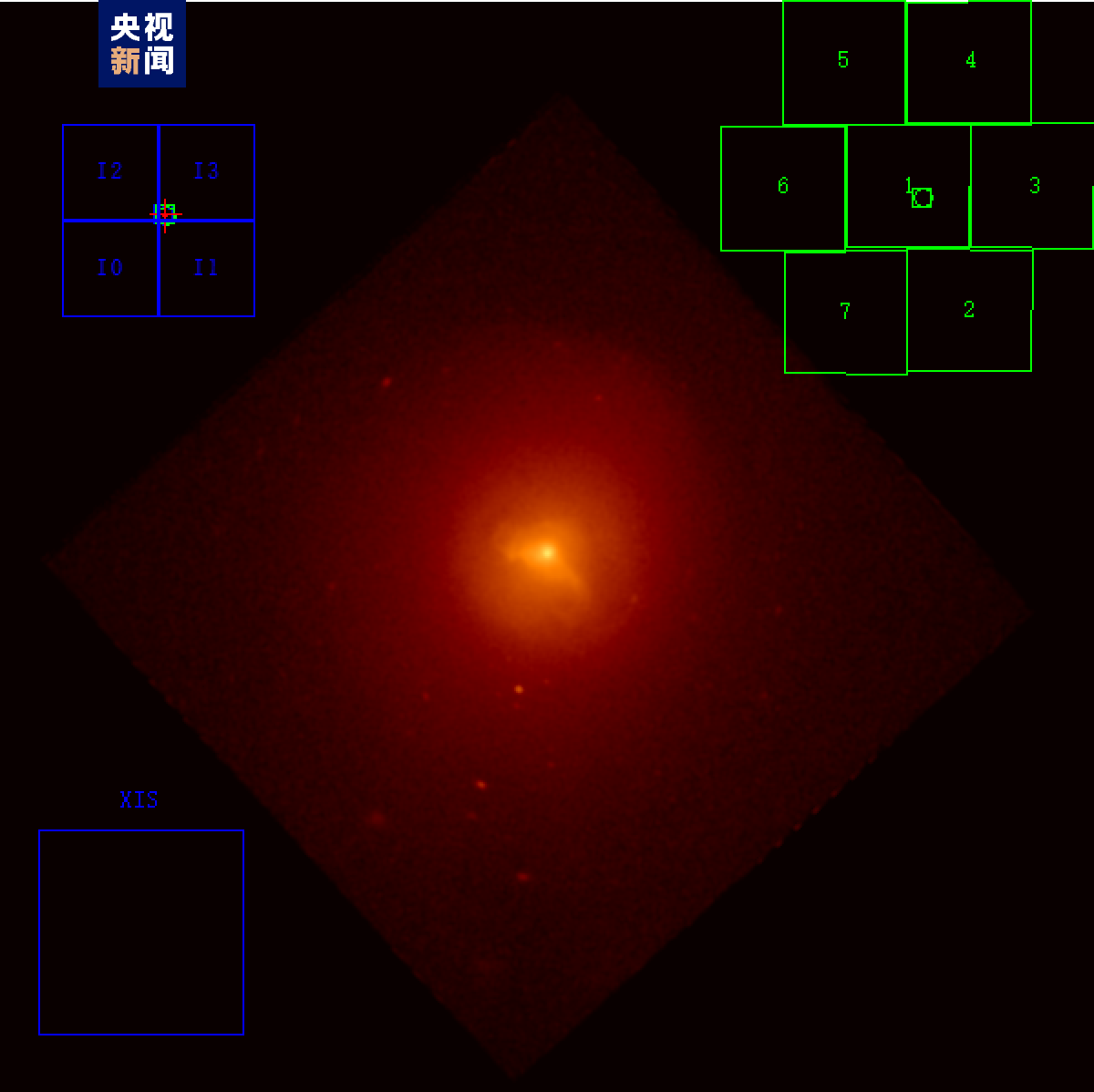
The image of the Messier 87 (M87) elliptical galaxy observed by the FXT
Since the satellite was launched into orbit in January 2024, the two payloads, the Wide Field X-ray Telescope (WXT) and the Follow-up X-ray Telescope (FXT), have acquired multiple sets of X-ray scientific observation data of cosmic objects during on-orbit testing and instrument calibration. They have detected 17 new transient sources and 168 stellar flares, and issued more than 10 global telegrams, guiding multiple optical and radio telescopes and space X-ray observatories in the world to carry out follow-up observations. The new transient sources detected have different types of origins, including tidal disruption stellar events, gamma-ray bursts, new magnetically excited variable stars, new X-ray binaries, etc. The observation results have been highly recognized and paid attention to by international peers, and provide important guidance for the coordinated observations of ground and space telescopes at home and abroad.
In the next stage, the Einstein Probe Satellite will continue to carry out and complete in-orbit testing according to the established plan, strengthen domestic and international cooperation and data openness and sharing, detect the fleeting "fireworks" in the universe, and make a significant contribution to high-energy time-domain astronomical observations and research.
